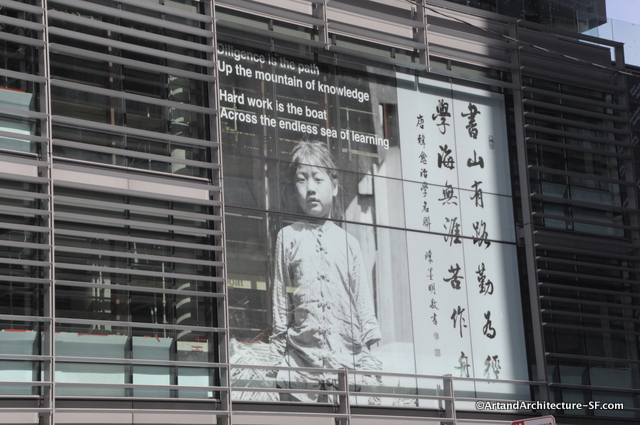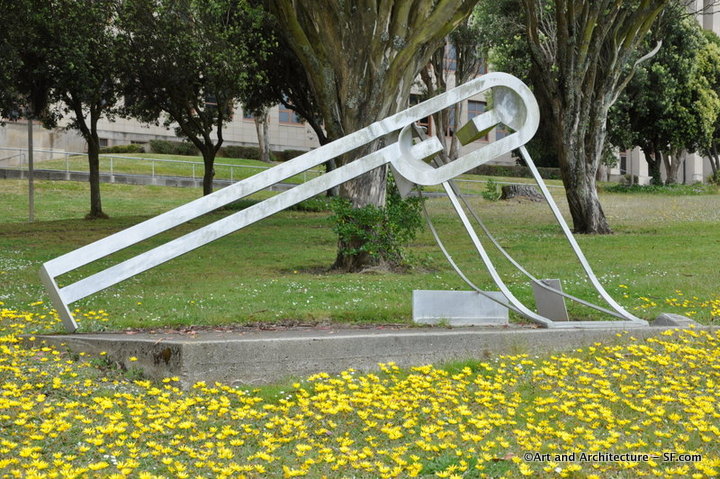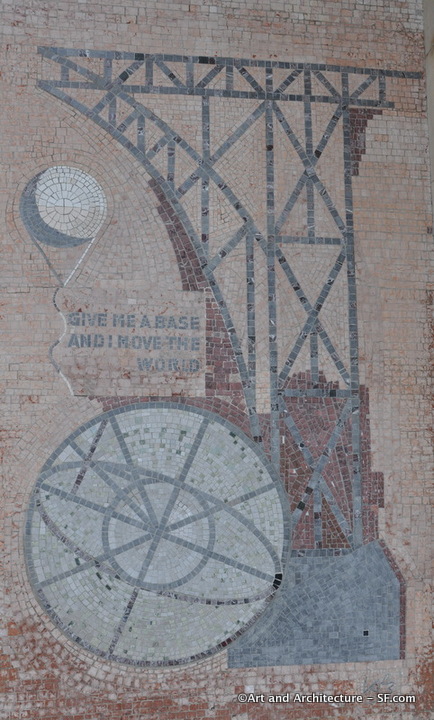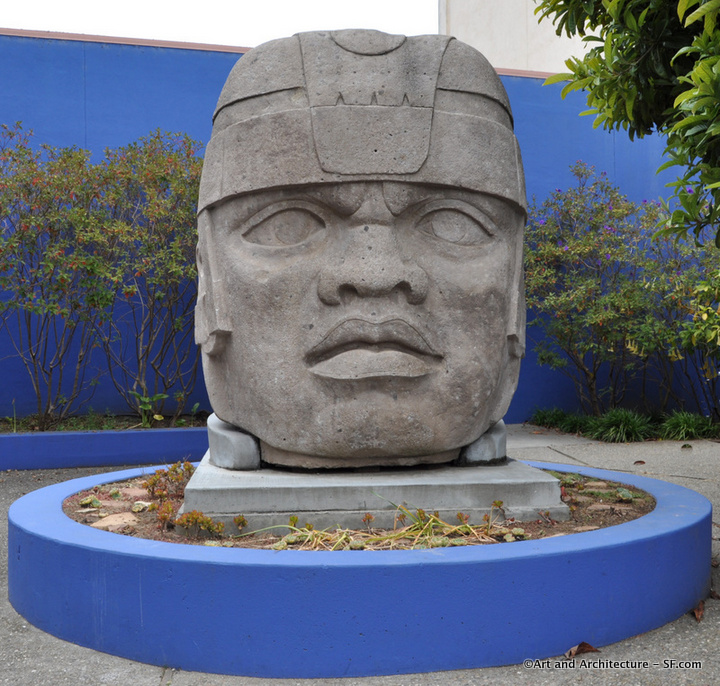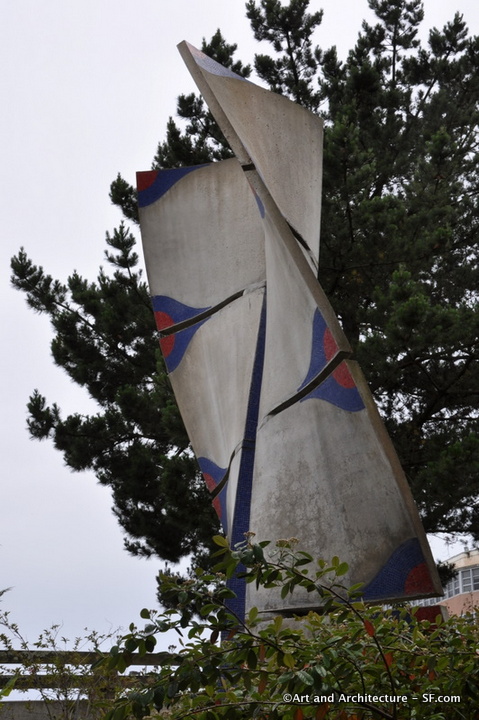Washington and Kearny
Chinatown
Diligence is the path
Up the mountain of knowledge
Hard work is the boat
Across the endless sea of learning
This is the Washington street side of the new Chinatown campus of San Francisco City College. This particular window is the library. The archival photograph is by San Franciscan Arnold Genthe. This young immigrant girl in traditional Chinese dress gazing out at the city is the cover photograph for the book Genthe’s Photographs of San Francisco’s Old Chinatown.
She is framed by a couplet, in English and in Chinese calligraphy, metaphorically extolling the cultural virtues diligence and hard work as the “path up the mountain of knowledge and the boat across the endless sea of learning.” For years this poem has been displayed on the student bulletin board at the Filbert campus, but no one is quite sure of its origin.
Genthe’s autobiography, As I Remember (1936), is the chief source of information about his life. In it, Genthe recounts a cosmopolitan upbringing in Berlin, Frankfurt, Korbach, and Hamburg. His father, Hermann Genthe, was a professor of Latin and Greek and, later in life, founded and served as director of a gymnasium or preparatory school.
Under his father’s tutelage, young Arnold grew up well versed in topics from poetry to classical literature
In 1895 he accepted an offer to tutor the young son of Baron F. Heinrich von Schroeder when the family moved to San Francisco. Thus began a new life for Genthe in America.
Genthe’s first photographs were made while in the employ of the von Schroeders to illustrate his letters home.
Genthe became involved in photography at a crucial juncture in the history of the medium. The introduction of the hand-held camera and easier methods for development and printing encouraged many people to try photography.
Genthe opened his first portrait photography studio in San Francisco in 1898 and became very active in the city’s cultural and social milieu. At the socially prominent Bohemian Club, he mingled with artists, writers, theater people, community and business leaders, and entertained famous out-of-town visitors. Through contacts at the illustrated weekly The Wave, he met Frank Norris, Jack London, and Mary Austen.
Even as the San Francisco earthquake and fire in 1906 destroyed Genthe’s studio, equipment, books, and art collection, he used a borrowed camera to document the events as they unfolded. Genthe and Ashton Stevens, drama critic for the San Francisco Examiner, toured the ruins with visiting celebrity Sarah Bernhardt.
Intrigued by San Francisco’s Chinatown, he shot a series of photographs documenting life there before the destruction of the city in 1906. About 200 photographs in the series survive.
